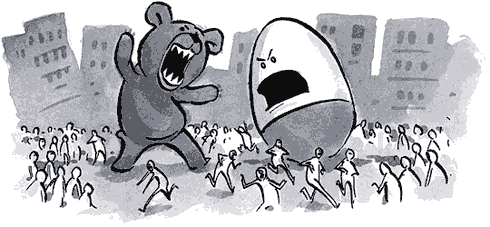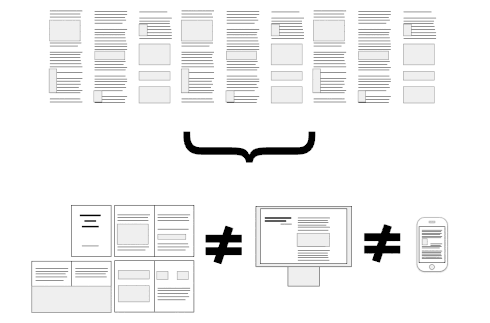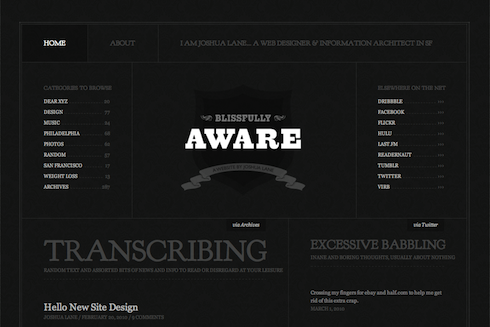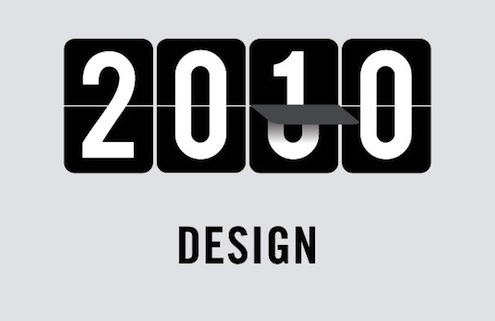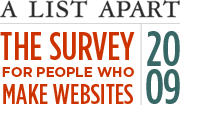What if Gowalla and Foursquare could communicate seamlessly with Address Book? What if Google Maps contained the postal address, company names, and primary phone numbers of every pin on the map? All this information could be marked up in Microformats and standard HTML on optional detail pages you could visit with a click from your web browser or phone. Heck, while we’re at it, let’s add Bump, an iPhone app that lets two people share contact data the same way they share DNA—except that in this case they bump iPhones.

What if every time you used Gowalla to check into or found a spot, you had the option to add that spot’s street address, company name(s), and so on to your Address Book? Imagine meeting a potential client for the first time in an unfamiliar city or neighborhood. No longer simply a passive repository of spots you create, Gowalla or Foursquare could function as a guide, helping you locate the unfamiliar address to make your meeting on time.
As you check into your meeting in reality, you could notify not only Facebook and Twitter (as you can today) but also Basecamp, which would optionally check off a radio box, marking you as having arrived at your meeting.
Something like this (and much more than this) will surely happen soon, thanks to APIs and ubiquitous standard platforms. You just feel, when you’re around people developing the best new web software, that something new is happening, and that many strands are coming together.
We used to imagine a dystopian future in which Big Brother knew everything you did. Later it was the machines that knew. We’ve been talking about ubiquitous computing for years, and we’ve pictured it happening somehow without necessarily addressing the how—that is, some of the brightest and most inspiring futurists have concerned themselves more with the ethical and cultural transformative dimensions of ubiquitous computing than with the technical nuts and bolts of how it’s supposed to get done.
I’m thinking the nuts and bolts are here. To me it seems that it is already happening. The web is the platform. HTML, CSS, JavaScript/JQuery, Ruby, and PHP are the tools. I’m thinking an uplifting (non-dystopian) ubiquitous computing is going to get done with the stuff we already use every day. Am I dreaming?

